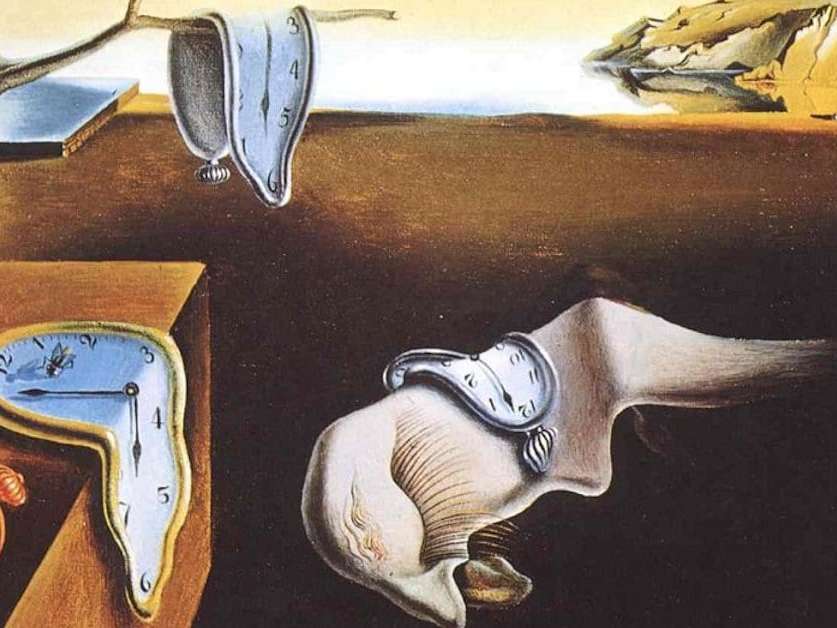Top Five Benefits of Pursuing Graduate Studies in Art School
Getting your undergraduate degree in art doesn’t mean that art school has nothing left to teach you. Taking graduate studies at an art school can benefit your career—and your craft—immensely. Continue climbing your way to success. Read on to find out a few of the biggest reasons why people go on to earn graduate degrees!
1. Specialized Studies
General education and intro classes make up a good chunk of undergraduate programs. Graduate studies, on the other hand, let students dive deeper into specific areas.
For example, you might take one or two classes in every important subject while working toward a Bachelor’s degree. In a Master’s program, however, you can actually pick an area of focus to specialize in. This specialization can open doors for you in your chosen industry.
2. Sophisticated Portfolios
You want your portfolio to display just how much you’ve learned and the skills you’ve developed. But how do you go about assembling that portfolio—and more importantly, how do you know what employers want to see?
As an undergraduate, you leave art school with a solid portfolio to show potential clients. Many students, however, choose graduate studies to not only improve their skills, but also build impressive new portfolios. These may even be more specialized in style and content. Needless to say, a higher-quality portfolio can really help you out when job-hunting.
3. Networking Opportunities
Graduate students have many chances to meet top artists and other professionals in their field. These networking opportunities range from conferences, lectures, and presentations to classes and workshops.
Meeting these professionals can help students create connections that can kick-start their career. Of course, undergraduate students also have networking opportunities, but those in graduate studies certainly have more.
5. Career Opportunities
Certain careers require a graduate degree or advanced training. In fact, some might not even be open to you unless you’ve completed a Master’s degree. For example, to be an art curator or museum director, you’ll most likely need to take graduate studies.
And while a Master’s isn’t always required to teach, you might have to get one if you want to work in colleges or universities, depending on your field. Not all graphic design professors need a graduate degree, but many art history professors do.
5. More Diverse Career Paths
As previously mentioned, having a graduate degree can open up new opportunities in a given field. It can also make it easier to change career paths entirely. After all, you’ll be gaining new knowledge and experiences that might be more valuable in one job than another.
You could even end up working in a completely different field than the one you began with, like Eden Slezin did. She took a major leap when she transitioned from being a botanist (and several other careers in between) to fashion designer.
As Eden’s story exemplifies, sometimes, that’s exactly what you need: a fresh start in art school to rekindle passion in you, and redirect it to a new career path that’s going to be more fulfilling in the long run.
If you’re interested in taking your art or your career to new heights, graduate studies at Academy of Art University can help you get there. Head over to our graduate education page, and you might just find that there’s no better time than now to make a change.








